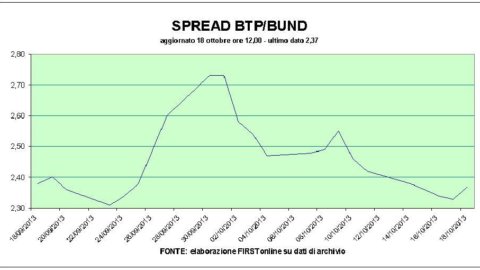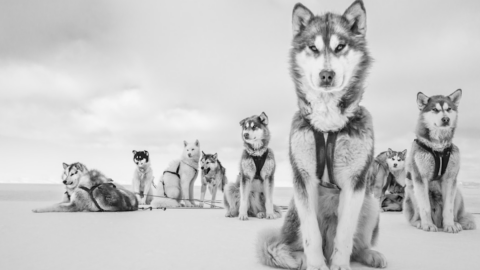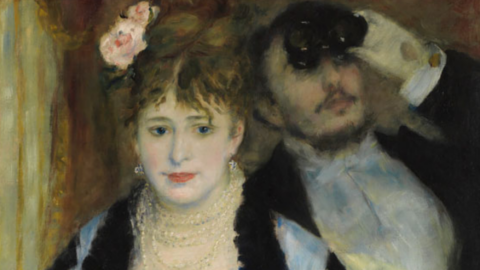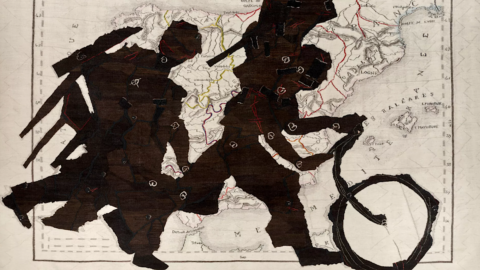The world of the night, with all its questions, is omnipresent among artists, especially since the end of the XNUMXth century. The night has evolved and transformed us, through great revolutions such as electrification and lighting, psychoanalysis or the conquest of space: so many upheavals in the definition and relationship we have with the night.
As the primary source of inspiration in the history of art, the night remains a fertile ground of experience to this day. Returning to a topic as vast as the night makes it possible to ask essential questions about our condition and our place in the universe, as well as about the role of art.
If the proposal may immediately seem like a contradiction, "paint the night” is instead rich in meaning. The title deliberately contains an ambiguity: to paint the night means to represent the night or to paint at night. To paint the dark or to paint in the dark is already making a choice, sharpening your external vision or abandoning it. The night allows, both physically and symbolically, this "detachment from the world" so dear to modernity. The moment of twilight could be the perfect metaphor for the volatile frontier between figuration and abstraction.
Through an approach related to the perception of the night, rather than its iconography, the exhibition presents itself as an experience of nightlife, a walk that transforms the nocturnal visitor, and transmits this vertigo that comes at night: vertigo of the senses, inner vertigo, cosmic vertigo. We advance through the exhibition as we advance into the night.
Faithful to the spirit of the Center Pompidou-Metz exhibitions, the exhibition is not limited exclusively to painting, even if central, but offers resonances and parallels with music literature, video and photography.
It brings together hundreds of artists, historical figures (Winslow Homer, Francis Bacon, Anna-Eva Bergman, Louise Bourgeois, Brassaï, Helen Frankenthaler, Paul Klee, Lee Krasner, Henri Michaux, Joan Mitchell, Amédée Ozenfant, etc.) contemporary artists (Adnan , Charbel Boutros-Joseph H., Ann Craven, Peter Doig, Jennifer Douzenel, Rodney Graham, Martin Kippenberger, Paul Kneale, Olaf Nicolai, Gerhard Richter, etc.) as well as spectacular structures some of which are designed specifically for this project (Harold Ancart , Raphael Dallaporta, Spencer Finch, Daisuke Yokota, Navid Nuur, etc.).





